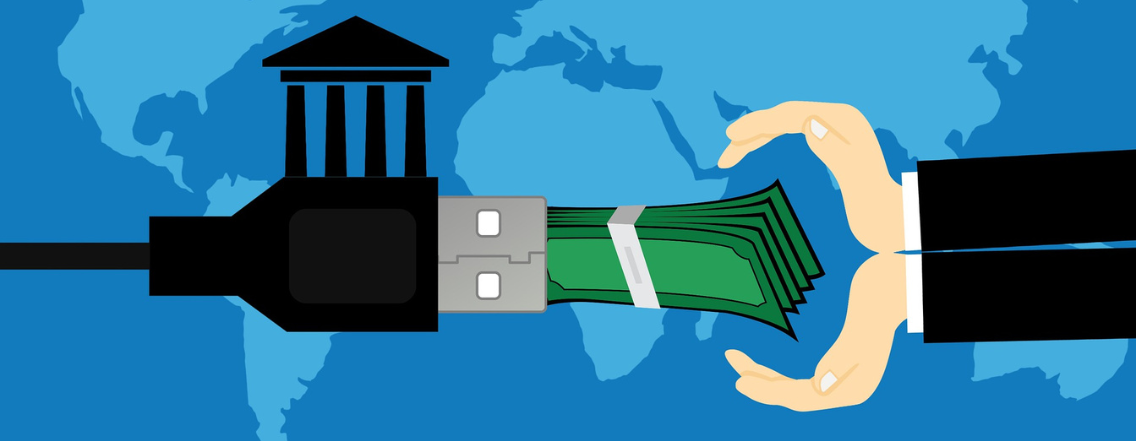It’s essential to know how to check an IBAN number before you collect a direct debit payment, in order to ensure you get paid. This article will explain how to do it.
Whether it’s a SEPA Direct Debit or a one-off payment using a bank card, verifying the sender’s IBAN or bank card number protects the recipient company from facing a late or failed payment, which would jeopardise their cash flow. This is why opting for a system that checks and validates IBANs is essential, and will ensure your business runs smoothly. In this article, SlimPay explains the importance of having this kind of process in place.
Why should you carry out IBAN verification in France?
To check an IBAN in France, you need to check the format of the number, which is specific to the country where it was issued. An IBAN (International Banking Account Number) is a number that identifies a specific bank account. It consists of a maximum of 34 characters, or 27 within France, where an IBAN begins with the country code “FR”, followed by two check digits.
It allows you to carry out financial transactions, meaning to both receive and send funds. Nevertheless, before a payment can be collected using an IBAN, a mandate must be signed by the person whose account will be debited. SEPA Direct Debits offer companies a quick and effective solution to manage their payments automatically. To avoid an IBAN being used illegally, it is imperative that a SEPA Direct Debit is signed. Some companies offer their customers an electronic signature option, to further simplify the process of setting up a direct debit.
Preventing IBAN fraud
When you have a verification process in place, you can reduce and even prevent IBAN fraud. A number of problems can arise when someone shares their IBAN with a business. An accidental error may occur when the code, which consists of 27 alphanumeric characters, is inputted. If one of the digits or characters is inputted incorrectly, the transaction will not go through. On the other hand, fraudsters may try to use another person’s IBAN, resulting in that person being debited for a sum of money related to the provision of a product or service that they are not actually in receipt of.
Identity fraud is one of the 7 most common types of online fraud. In these cases, fraudsters manage to get hold of another individual’s IBAN, as well as all the relevant details required, and their signature – which demonstrates why the verification process is so important. Each IBAN must be checked and validated, in order to avoid a situation where the code is being used illegally, to avoid data input errors, and above all to avoid the resulting delays in collecting payments and payment failures, which could jeopardise a company’s cash flow. Thanks to IBAN verification, the merchant can also guarantee that their consumers will not face a situation where an illegal payment is being made from their account in the event of attempted fraudulent activity.
IBAN verification solutions
There are several ways that an IBAN can be checked and validated. Firstly, it is possible to identify data input errors and ask the customer to correct these themselves. A payment service provider can then check and validate the BIC (Bank Identifier Code) and the bank sort code. This prevents fraudsters using fake IBANs generated by online platforms that have been created for this purpose.
The final verification step that can be put in place is to ensure that when an individual is trying to take out a subscription, their bank is actually able to receive direct debits. Businesses sometimes forget this, but not all European banks will process SEPA payments.
SlimPay carries out an IBAN structure validation check, as well as checking that the bank and sort codes are valid and in use. Through this 3-layer system of checks, SlimPay significantly reduces the risk of a failed payment. These checks are carried out on all IBANs that are used to make a payment, meaning that each time a user enters their IBAN number at the SlimPay Checkout, a mandate is either amended or imported by the merchant.To take this one step further, a CVV checker can be set up for online payments that are made using a bank card. The purpose of this is to check the 3-digit CVV verification code typically located on the back of a bank card, in the instance where an online customer is proceeding to payment.




